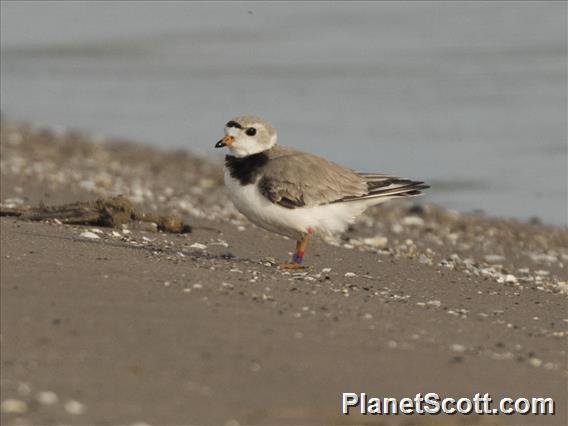Piping Plover (Charadrius melodus)

Piping Plover (Charadrius melodus)
×


Piping Plover (Charadrius melodus)
About Piping Plover (Charadrius melodus)
- Kingdom: Animals
- Phylum: Chordates
- Class: Birds
- Order: Shorebirds and Allies
- Family: Plovers
The piping plover is a sand-colored, sparrow-sized shorebird that nests and feeds along coastal sand and gravel beaches in North America. The adult has yellow-orange-red legs, a black band across the forehead from eye to eye, and a black stripe running along the breast line. This chest band is usually thicker in males during the breeding season, and it is the only reliable way to tell the sexes apart. The bird is difficult to see when it is standing still, as it blends well with open, sandy beach habitats. It typically runs in short, quick spurts and then stops.
Source: Wikipedia
Visits
-
2007-06-14
Cape May Point State Park, United States of America -
2010-06-21
Cape May Point State Park, United States of America -
2013-04-19
Bolivar Peninsula, United States of America -
-
-
-
-
-
-
-




